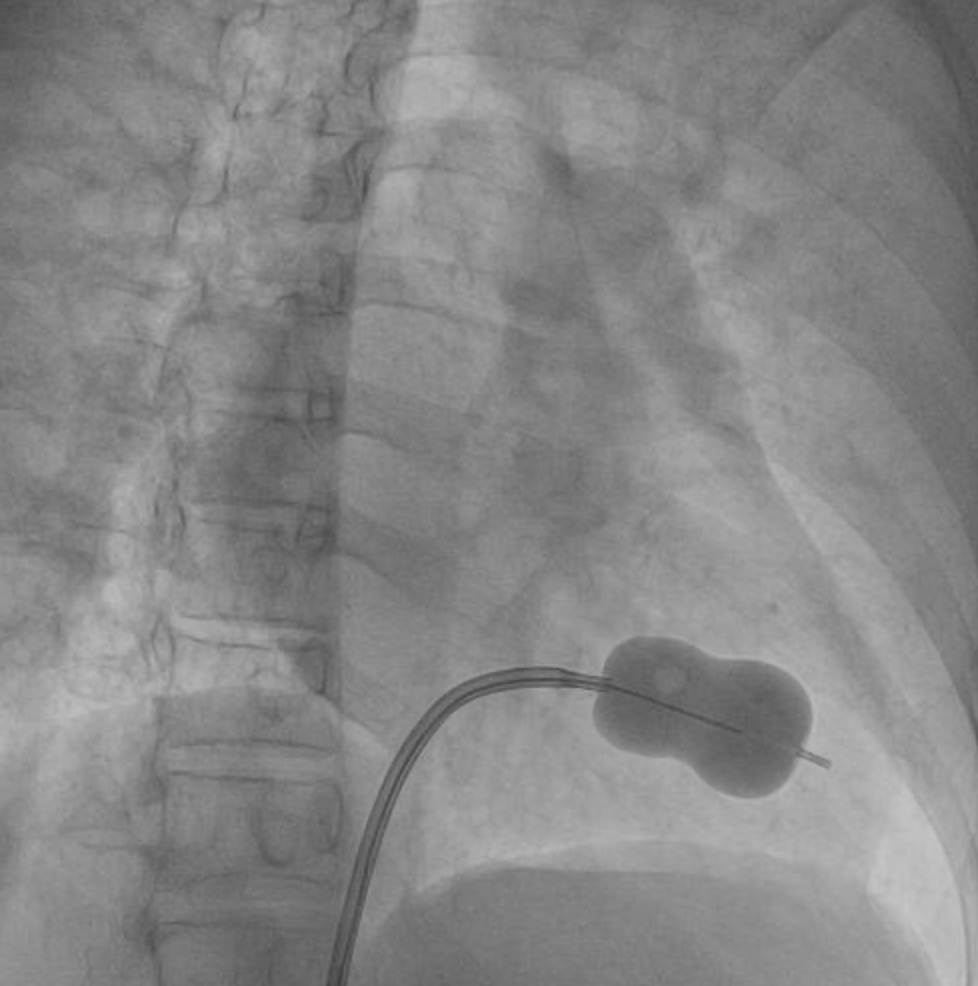Lots of interesting abstracts and cases were submitted for TCTAP 2025. Below are the accepted ones after a thorough review by our official reviewers. Don’t miss the opportunity to expand your knowledge and interact with authors as well as virtual participants by sharing your opinion in the comment section!
TCTAP A-075
Balloon Valvuloplasty in Critical Mitral Valve Stenosis in Emergency Situations
By Makhmudjon Khaydarov, Shukhrat Salakhitdinov
Presenter
Makhmudjon Khaydarov
Authors
Makhmudjon Khaydarov1, Shukhrat Salakhitdinov1
Affiliation
Republican Scientific Center of Emergency Medical Care, Uzbekistan1
View Study Report
TCTAP A-075
Transcatheter MV Repair
Balloon Valvuloplasty in Critical Mitral Valve Stenosis in Emergency Situations
Makhmudjon Khaydarov1, Shukhrat Salakhitdinov1
Republican Scientific Center of Emergency Medical Care, Uzbekistan1
Background
Critical mitral valve stenosis (MVS) poses a significant risk of mortality, particularly in emergency cases where immediate intervention is required to relieve obstruction. Balloon valvuloplasty (BV), a percutaneous catheter-based procedure, has emerged as a viable option for rapid hemodynamic stabilization in such scenarios. This study aims to analyze the short-term outcomes and advantages of BV in patients presenting with critical MVS under emergency conditions.


Methods
A retrospective analysis was conducted on 84 patients (mean age: 56.3 ± 11.2 years; 61.9% female) diagnosed with critical mitral valve stenosis and treated with balloon valvuloplasty between January 2019 and December 2023. Inclusion criteria included patients with mitral valve area (MVA) ≤ 1.0 cm² and symptoms of severe dyspnea (NYHA Class III/IV) or cardiogenic shock at presentation. Pre- and post-procedural echocardiographic data were collected to evaluate changes in MVA, mean mitral valve gradient (MVG), and left atrial pressure. Immediate procedural success, in-hospital complications, and 30-day survival rates were also analyzed.
Results
BV was successfully performed in 82 of the 84 patients (97.6%), with immediate improvements in hemodynamics. The mean MVA increased significantly from 0.7 ± 0.1 cm² pre-procedure to 1.5 ± 0.3 cm² post-procedure (p<0.001). The mean MVG decreased from 19.4 ± 5.1 mmHg to 8.7 ± 3.6 mmHg (p<0.001), and left atrial pressure dropped from 26.1 ± 4.8 mmHg to 13.5 ± 3.4 mmHg (p<0.001). Procedural complications were noted in 8.3% of cases, including mild-to-moderate mitral regurgitation in 5 patients and access site hematoma in 2 patients. No instances of cardiac tamponade, stroke, or procedural mortality were observed. The 30-day survival rate was 98.8%, with only one patient requiring surgical mitral valve replacement within 30 days due to restenosis. Post-procedural NYHA classification improved in 89.1% of patients, and no significant recurrence of symptoms was reported during the follow-up period.
Conclusion
Balloon valvuloplasty is a highly effective and safe intervention for critically ill patients with severe mitral valve stenosis, offering rapid symptomatic relief and significant hemodynamic improvement. The low complication rate and high procedural success highlight the utility of this technique in emergency settings. Further long-term studies are warranted to assess durability and potential benefits over surgical intervention in this patient population.


